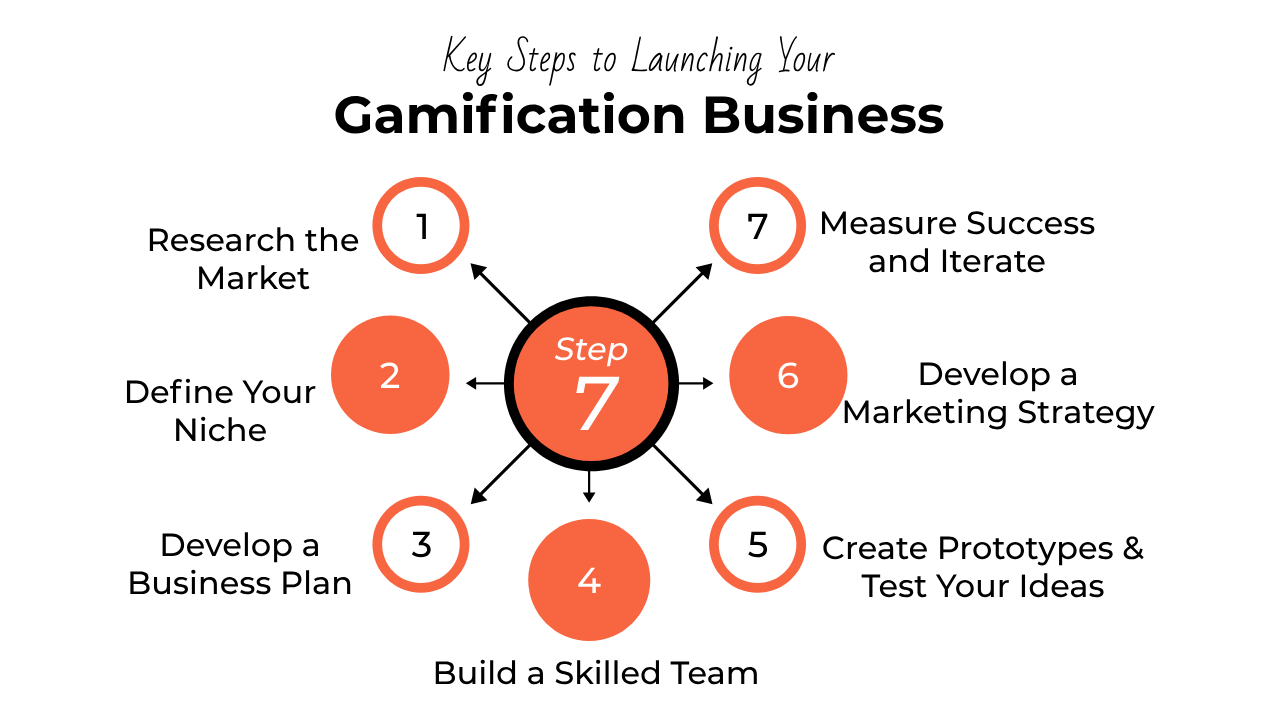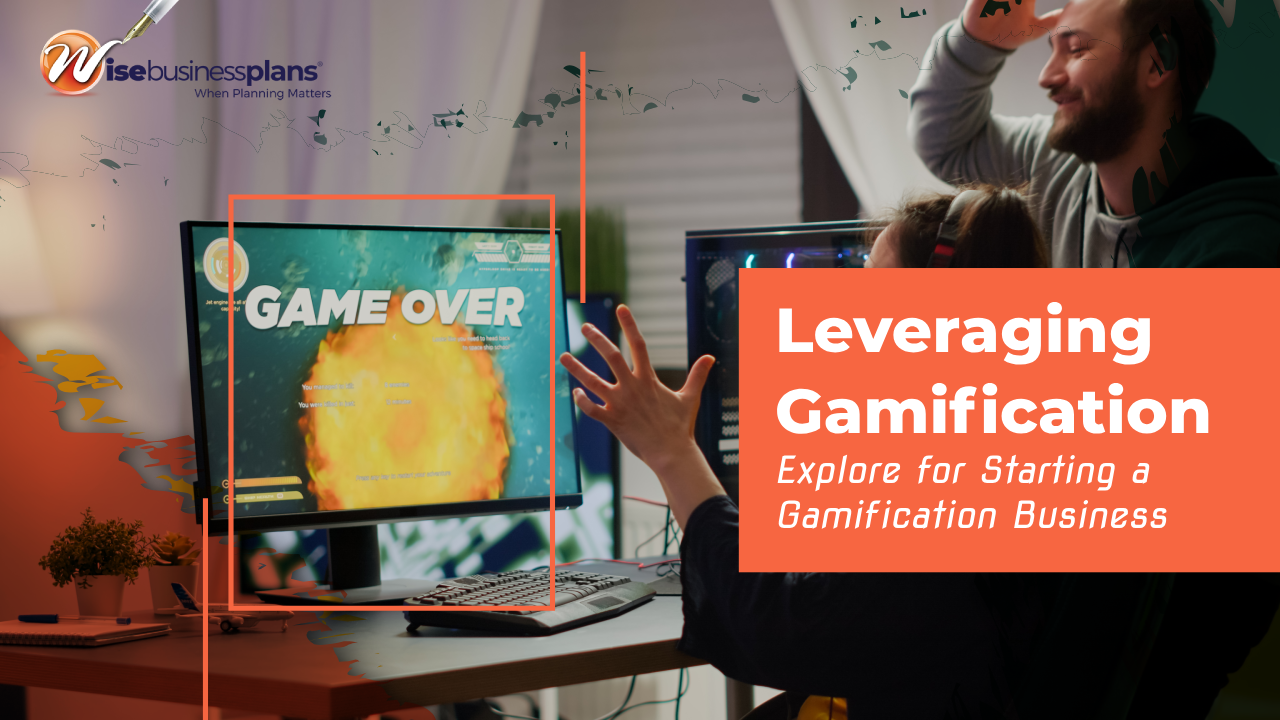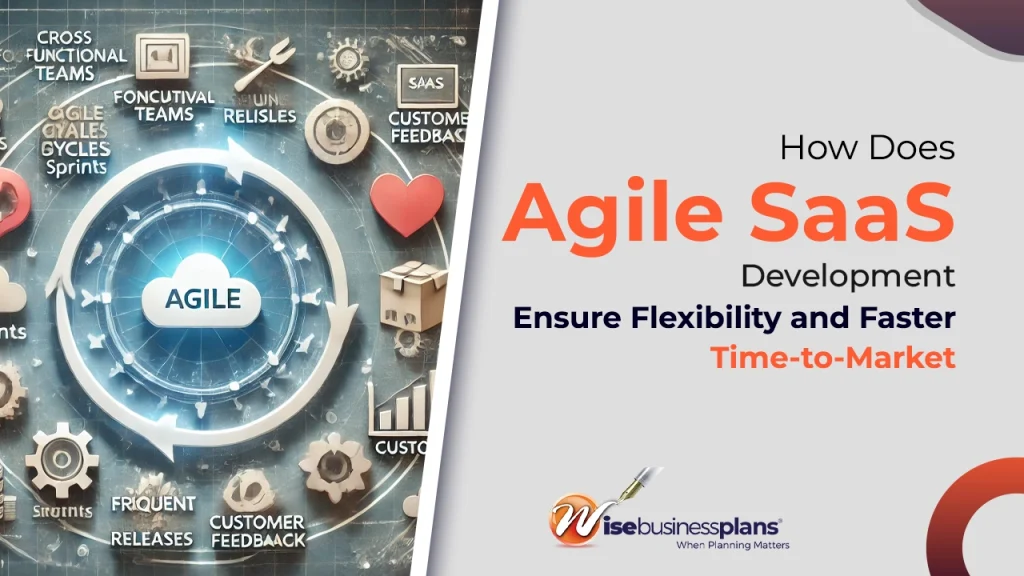Leveraging Gamification: A Comprehensive Guide to Starting a Gamification Business
Table of Contents
- Understanding Gamification
- Key Steps to Launching Your Gamification Business
- Boosting Engagement with Free Gamification Templates
- Benefits of Gamification for User Engagement
- Overview of Free Gamification Templates
- Advantages of Using Free Gamification Templates
- How to Choose the Right Template
- Understand Your Audience
- Define Your Goals
- Evaluate Features
- Test Compatibility
- Implementing Gamification in Your Strategy
- Step-by-Step Guide
- Common Challenges and Solutions
- Challenges
- Solutions
- Future Trends in Gamification
- Conclusion
- FAQs
Gamification has emerged as a transformative strategy for businesses looking to enhance user engagement and drive growth. By integrating game-like elements into non-game contexts, organizations can make tasks more enjoyable and foster loyalty.
This guide will walk you through the essential steps of starting a gamification business while leveraging effective gamification strategies, including the use of free gamification templates.
Understanding Gamification
Before diving into the business aspects, it’s essential to grasp what gamification entails. It involves incorporating game-design elements—such as points, badges, leaderboards, and challenges—into various contexts to boost user motivation and engagement. Successful gamification can lead to increased participation, enhanced learning experiences, and higher retention rates, making it a valuable tool for businesses across various sectors.
Key Steps to Launching Your Gamification Business
Here are the seven essential steps to successfully start and grow your gamification business:

Step 1: Research the Market
Start by conducting thorough market research to analyze the gamification landscape.. Identify existing businesses, their offerings, and target audiences. This research will help you understand where your potential business fits within the market and uncover opportunities for innovation. Exploring the market also reveals effective strategies, such as leveraging free gamification templates, which can simplify implementation for your clients.
Step 2: Define Your Niche
Gamification can be applied in sectors like education, marketing, and employee training. Choose a niche that aligns with your expertise and market demand. For instance, you might focus on creating gamified training programs that enhance learning and employee engagement. Utilizing free gamification templates can streamline this process, allowing you to offer ready-made solutions to your clients.
Step 3: Develop a Business Plan
Craft a solid business plan outlining your business model, target market, and revenue streams. Clearly define how your gamification services will incorporate essential elements like points and badges. This alignment with gamification principles enhances the value you provide, making your offerings more attractive to potential clients.
Step 4: Build a Skilled Team
Assemble a team with diverse skills in design, development, and marketing. Look for individuals who are not only experienced but also passionate about gamification. Their expertise will be crucial in creating engaging and effective gamified experiences. Using free templates can also help your team quickly implement gamification strategies without extensive design work.
Step 5: Create Prototypes and Test Your Ideas
Before launching your services, develop prototypes of your gamification solutions. Testing these with real users will yield valuable feedback, allowing you to refine your offerings. This iterative process ensures that your gamification elements are engaging and effective.
Step 6: Develop a Marketing Strategy
Once your gamification solutions are ready, focus on marketing. Highlight the benefits of gamification—such as increased motivation and user retention—to attract potential clients. Utilize digital marketing strategies, social media, and content marketing to effectively reach your target audience.
Step 7: Measure Success and Iterate
After launching your services, continuously monitor their performance. Use business analytics to track user engagement and satisfaction. Regularly collect feedback and make adjustments to enhance your offerings. This commitment to continuous improvement will help you stay competitive in the evolving gamification market.
Boosting Engagement with Free Gamification Templates
Engaging users effectively has become paramount for businesses. One innovative way to achieve this is through free gamification templates by Claspo. Gamification incorporates game-like elements into non-game contexts, making tasks more enjoyable and engaging for users.
Thinking of writing a gamification business plan? Hire our professional business plan writers now!
Boosting Engagement with Free Gamification Templates
Engaging users effectively has become paramount for businesses. One innovative way to achieve this is through free gamification templates by Claspo. Gamification incorporates game-like elements into non-game contexts, making tasks more enjoyable and engaging for users.
Benefits of Gamification for User Engagement
Implementing gamification strategies can lead to numerous benefits, such as:
- Increased user motivation: Users are more likely to participate when activities are enjoyable.
- Enhanced learning experience: Gamification can make learning more interactive and memorable.
- Higher user retention: Engaging elements can keep users returning to your platform.
Overview of Free Gamification Templates
Free gamification templates are pre-designed frameworks that help you incorporate gamification into your projects without requiring extensive design skills or resources. These templates are customizable and can be tailored to fit the specific needs of your business or project.
Advantages of Using Free Gamification Templates
- Cost-effective: No need to invest in expensive design software or hire designers.
- Time-saving: Quickly implement gamification elements without starting from scratch.
- User-friendly: Easy to customize and integrate into your existing systems.
How to Choose the Right Template
Selecting the right gamification template is crucial for achieving your engagement goals. Here are some tips to help you make the best choice:

Image Credit: Goes to Unsplash
Understand Your Audience
Know the preferences and behaviors of your target users. This understanding will guide you in choosing gamification elements that resonate with your audience and keep them engaged.
Define Your Goals
Clearly outline what you aim to achieve with gamification. Whether increasing user participation, enhancing learning, or boosting sales, having defined goals will help you select a template that aligns with your objectives.
Evaluate Features
Ensure the template includes the gamification elements you need. Look for templates with the right mix of points, badges, leaderboards, and challenges that suit your requirements.
Test Compatibility
Check that the template is compatible with your platform or system. This step ensures smooth integration and functionality and prevents technical issues that can hinder user experience.
Implementing Gamification in Your Strategy
Once you have chosen the right template, it’s time to integrate it into your user engagement strategy. This step-by-step guide will assist you in getting started:
Step-by-Step Guide
- Set clear objectives: Clarify your goals for implementing gamification.
- Customize the template: Tailor the template to fit your brand and user needs.
- Integrate with your platform: Guarantee smooth integration with your current systems.
- Monitor user feedback: Collect and analyze user feedback to make necessary adjustments.
- Measure success: Use analytics to measure the impact of gamification on user engagement.
Leverage our free business plan samples to strategize your approach.
Common Challenges and Solutions
Implementing gamification in any system or platform comes with its own set of challenges. Understanding these challenges and their corresponding solutions is crucial for creating an engaging and effective gamified experience.
Challenges
- User fatigue: One of the most common issues is user fatigue. This occurs when users become bored or disinterested in the gamification elements over time. If the challenges, rewards, and game mechanics remain static, users may lose motivation to continue engaging with the system. This can lead to a decline in user participation and the overall effectiveness of the gamification strategy.
- Overcomplication: Another significant challenge is the overcomplication of gamification elements. While it might be tempting to incorporate numerous game mechanics, such as points, badges, leaderboards, and quests, too many elements can overwhelm users. An overly complex system can create confusion, reduce user engagement, and deter new users from participating.
Solutions
- Regular Updates: To combat user fatigue, it is essential to keep the gamification elements dynamic and engaging. Regular updates include new challenges, levels, rewards, and game mechanics. For instance, seasonal events, limited-time challenges, and special rewards for reaching milestones can invigorate the user experience. Additionally, incorporating user feedback to tweak and enhance the gamification elements can help maintain interest and motivation.
- Simplicity:To avoid overcomplication, start with a few key gamification elements that are easy to understand and engaging. Gradually introduce additional elements as users become more familiar with the system. This incremental approach allows users to adapt at their own pace without feeling overwhelmed. It is also beneficial to provide clear instructions and tutorials to help users understand how to navigate and utilize the gamification features effectively.
- Personalization:Another effective strategy to address both challenges is personalization. Tailoring the gamification experience to individual user preferences can enhance engagement and satisfaction. For example, offering customizable avatars, personalized challenges, and rewards based on user behavior can make the gamified experience more relevant and enjoyable.
- Feedback and Analytics: Utilizing feedback and analytics is crucial in refining the gamification strategy. Collecting user feedback can provide insights into what is working and what needs improvement. Analytics can track user engagement, participation rates, and the effectiveness of different game mechanics. This data-driven approach allows for continuous optimization and ensures that the gamification elements remain effective and engaging.
Future Trends in Gamification
As technology continues to advance, new trends in gamification are emerging. These are some trends to keep an eye on:
- Personalization. Tailoring gamification experiences to individual user preferences.
- Augmented Reality (AR). Integrating AR elements to create more immersive experiences.
- AI-driven gamification. Using artificial intelligence to adapt and optimize real-time gamification strategies.
Conclusion
Gamification is a powerful strategy for enhancing user engagement and driving growth in today’s competitive market. By incorporating game-like elements into non-game contexts, businesses can transform tasks into enjoyable experiences that foster loyalty and increase participation. This guide outlined essential steps for launching a gamification business, emphasizing the importance of understanding your audience and using free gamification templates effectively.
By focusing on user needs and continuously refining your approach, you can create meaningful experiences that motivate and inspire. Embrace gamification’s potential to elevate your business and transform user engagement into a rewarding journey.
FAQs
What is gamification?
Gamification involves adding game elements like points and badges to non-game contexts to boost user engagement and motivation.
How can I implement gamification in my business?
Define clear objectives, understand your audience, select suitable gamification elements, and consider using free templates. Monitor feedback to refine your approach.
What are the benefits of gamification in marketing?
t enhances user engagement, increases conversion rates, and builds customer loyalty by making interactions fun and rewarding.
What are the benefits of gamification in marketing?
t enhances user engagement, increases conversion rates, and builds customer loyalty by making interactions fun and rewarding.













